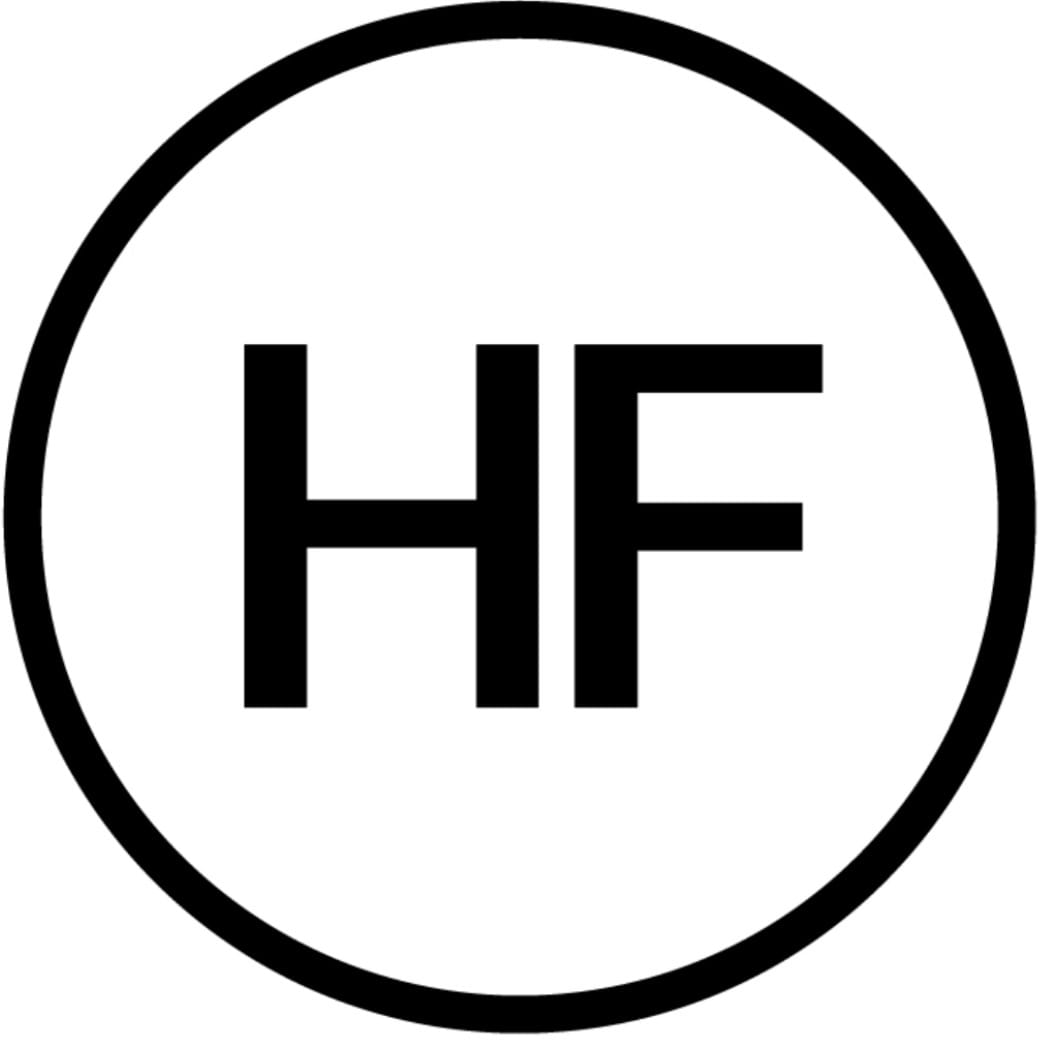Rebecca Warlick’s plastic poured paintings and mold-made sculptures throb with unsettling textures, saturated color, and cryptic wit. Working with substances that cure within seconds and foam that expands for days, Warlick embraces the collision of time scales and extemporaneous material processes. Many of her paintings are built on top of older works and suggest that the past can be embraced through a combination of concealment and the ghostly details that bleed back in. Riffing on art history and pop culture, she combines casts of personal objects with allusions to celebrities and bygone events, forming compositions that are dense with reference, mystery and projection.
Following is an excerpt of a conversation between Rebecca Warlick and Alison Karasyk.
Alison Karasyk: How did mold-making come into your practice?
Rebecca Warlick: Well, since I’m using these materials for mold-making, I thought that mold-making was just something I wanted to get better at anyway. And there was something about using an object, and having that object kind of degrade in meaning over time by repeating it. Sort of like when you repeat a word over and over again, it loses its meaning. There were certain things that had significance that I was trying to get at, to use these objects like paint, like brushstrokes. And the mold-making is just a challenge, a personal challenge. I did it because I like to challenge myself.
Alison Karasyk: There are a lot of artists who are obviously working in painting and in sculpture. But I think that what’s so exciting about the work in this space is that you’re kind of interrupting or challenging processes that are intrinsic to these mediums. Is there any point of exploring these as separate?
Rebecca Warlick: You mean like the difference between painting and sculpture?
Alison Karasyk: Yeah, or the combining of the two.
Rebecca Warlick: I don't know. I still see these as a painting, having a surface that has a lot of potential on it. I feel like with sculpture, when you’re fabricating something, you have to really know what you’re doing, or at least have a vision in your head. And if you’re not fabricating with sculpture, then you have to really know every step of what you’re doing technically. And I am getting more literate in the technological aspects of what I am doing, but I still feel very much like I’m thinking like a painter.
Everything is very open. For the vision to unfold, rather than to have the vision have some kind of fidelity to an original vision, like I would be with a sculpture. But I’m also interested in moving, in thinking with my process how to make objects that aren’t on these planes, you know? In a more painterly way.
Alison Karasyk: Can you speak a little bit about some of the objects within the sculpture at center? Like the corn, for instance.
Rebecca Warlick: There is a lot in there that comes from mold-making, and that is a meaningful thing to me, but I’m not trying to make it very literal. But the corn is really funny to me. I think that corn is really funny right now, especially for humans. I kind of knew that I wanted to have corn in it for some reason. I think corn is a really interesting object. It’s rhizomatic. It’s knobby. It’s sort of sexual. It’s weird. But also it’s a grain, and I was thinking about agriculture and how that probably changed humans. We know that it changed human society in many, many ways. And I was reading this paper about corn and how people have kind of, how corn is not a natural thing. We’ve evolved corn from grasses to sustain large cities and populations. So corn and grains are one of the reasons that we have large populations and that we can feed each other. But it’s also a big contributor to pollution, and it’s not even that good for us. It makes people sluggish. I was reading that it has this psychological effect. And not just grain-sensitive people, but everyone in general. So it’s interesting thinking about how we’ve evolved alongside the corn and grass. And the way that it affects the body.

